ATRET
Robotic surgeon console in laparoscopic operations
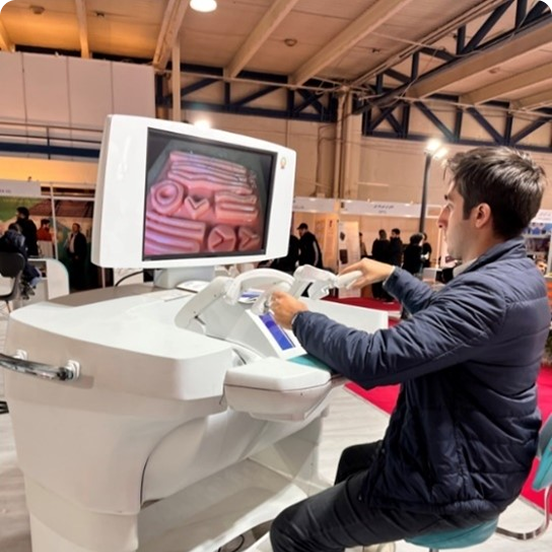
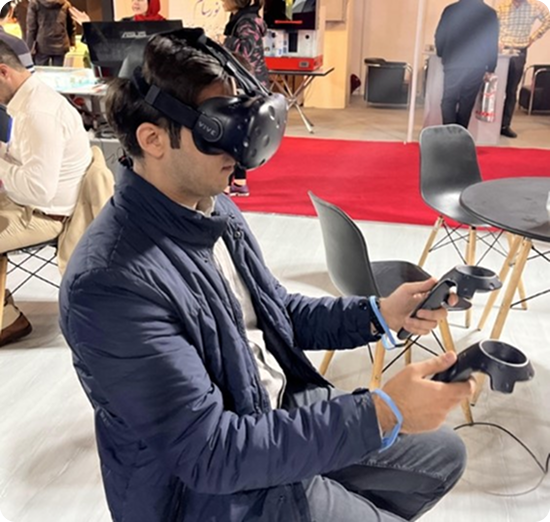
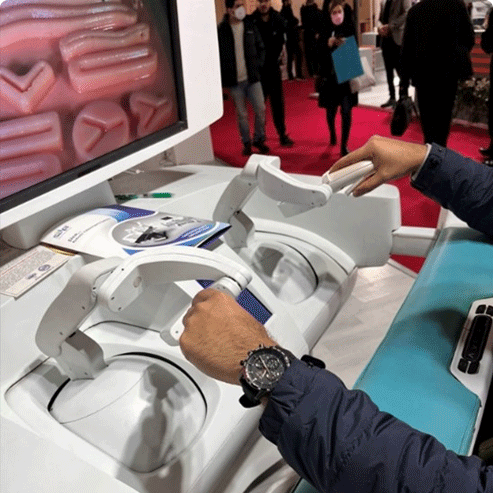
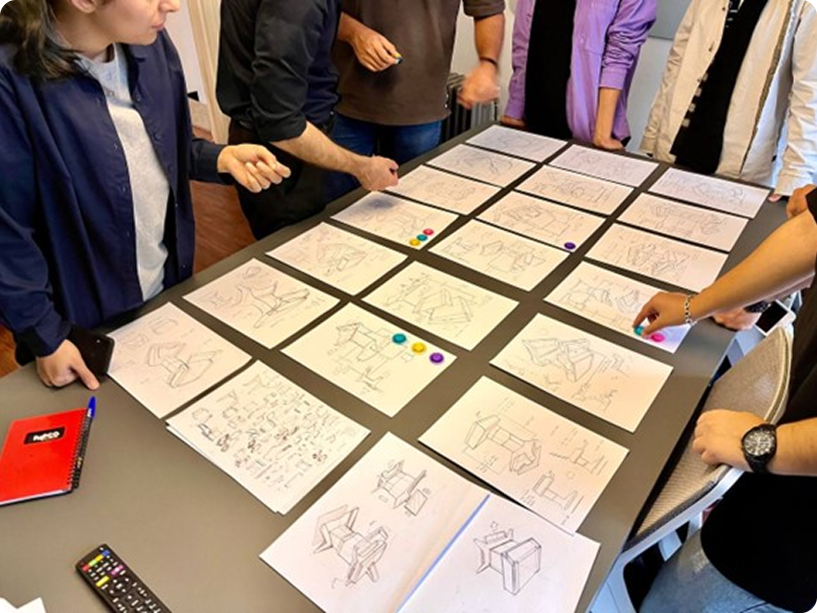
honors
The project earned the European Design Awards and the International Design Awards (USA)


CHALLENGE
Advances in industrial design, engineering, and medicine have made surgery a common treatment in recent decades, reducing pain, controlling complications, and making procedures easier. Yet, challenges remain—such as eye-hand misalignment, two-dimensional vision, limited tool freedom, and surgeon fatigue. Moreover, this method demands complete mastery and thorough training.
01
Misalignment between the surgeon’s eye and hand
Indirect and two-dimensional vision
Misalignment between the surgeon’s eye and hand
Indirect and two-dimensional vision
02
Limited degrees of freedom for surgical tools
Surgeon fatigue during procedures
03
High implementation costs remain a major barrier to widespread adoption
SOLUTION
Robotic surgery has been developed to overcome the limitations of conventional methods. In this process, the surgeon operates remotely with three-dimensional vision, controlling robotic arms that mimic the motion of human hands and wrists around the operating table. While this approach reduces usability and ergonomic issues, its widespread adoption is still limited due to high costs. However, with further capability development through integrated design and targeted applications, robotic surgery holds promise for broader use and product advancement
Comprehensive Ergonomic Design
Addressing ergonomic challenges by optimizing tool freedom, reducing surgeon fatigue, and ensuring comfort in long procedures.
Human-factors Engineering
Tackling usability and learnability issues through intuitive design, improved hand–eye coordination, and user-centered training approaches.
Tailored Optimum Cost-value Factor
Mitigating cost-efficiency barriers by balancing innovation with affordability and ensuring sustainable adoption.
Integrated Design Methode
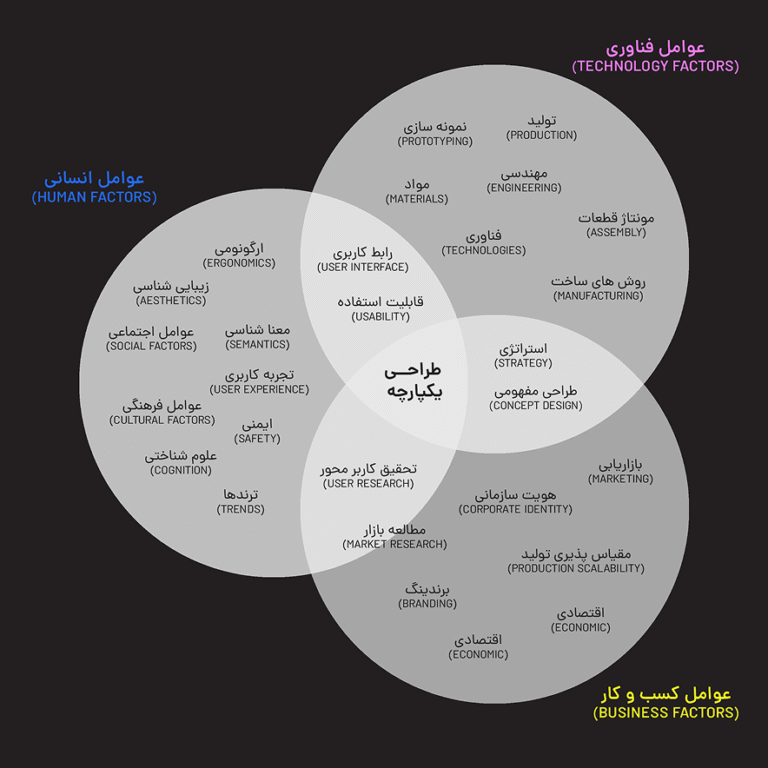
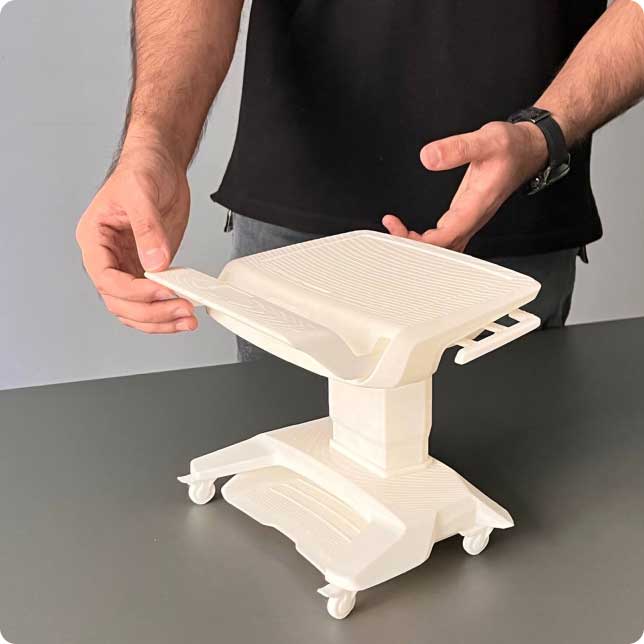
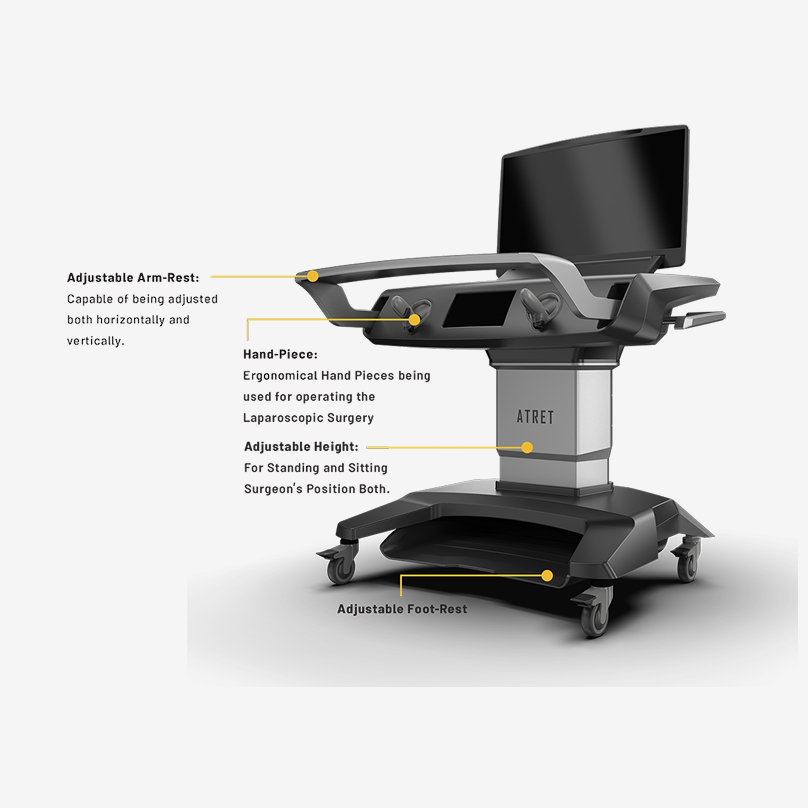
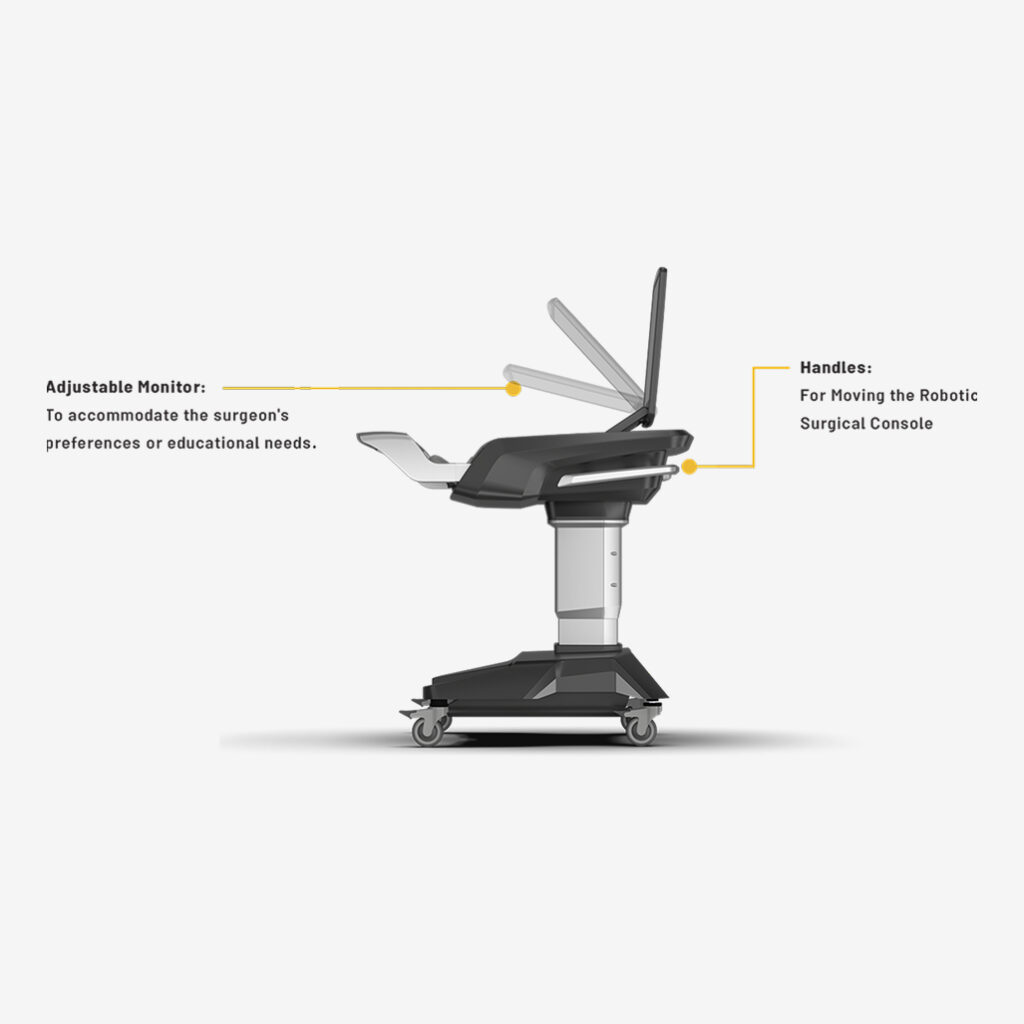
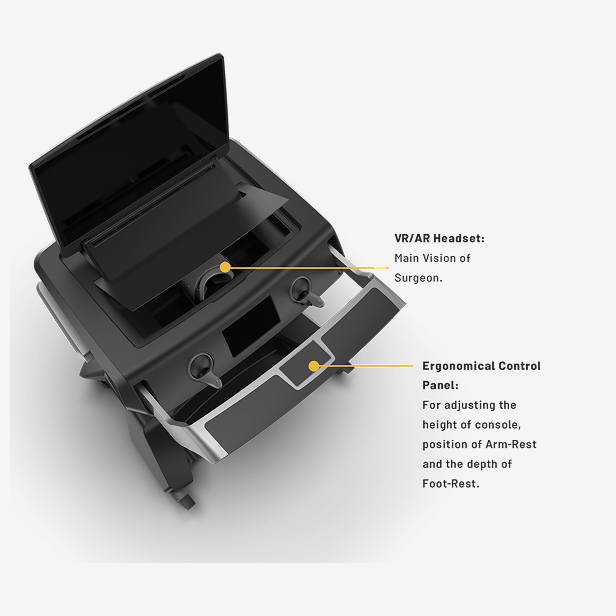
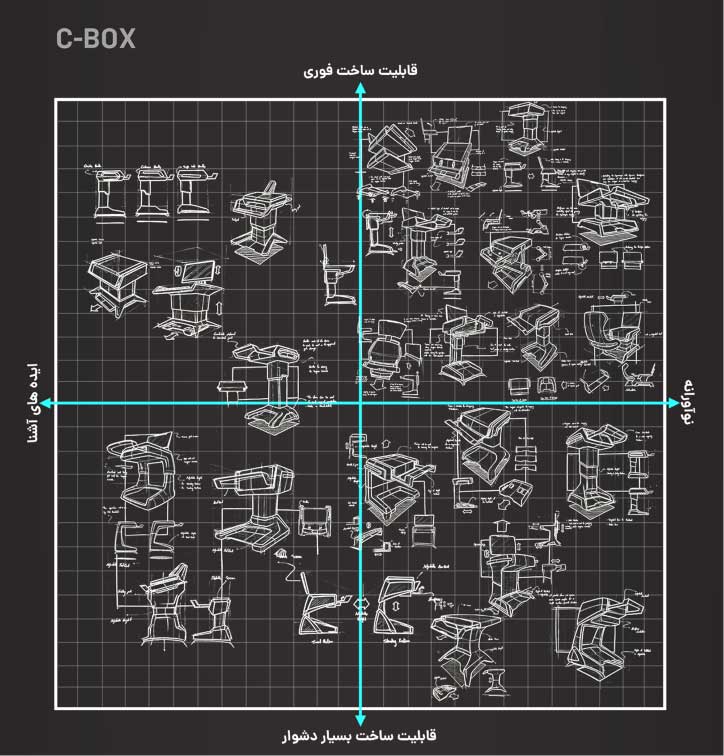
OUR SIMPLE PROCESS
Step 1
In the initial weeks, TechGrowth and Outgrid identified challenges in outdated online visibility and market differentiation. A kickoff meeting set the tone, leading to collaborative planning sessions that outlined project goals, scope, and timelines.
Step 2
Conducted comprehensive market research and formulated a strategic plan. The teams simplified the project blueprint, assigned necessary resources, and concluded the assembly of the project team.
Step 3
The project executed the plan, focusing on redesign and content optimization. Were dedicated to rigorous testing, internally and through a beta version release, addressing issues promptly.
Gallery





As the academic supervisor of this project, I had the privilege of witnessing its development from the early concept stages to a well-structured and innovative solution. The team demonstrated exceptional creativity, research-driven thinking, and strong commitment to addressing real-world challenges in surgical design. This work not only reflects academic rigor but also shows clear potential for practical application in industry. I am confident that this project represents a valuable contribution to the future of medical technology and design innovation.
Prof. Mehran Fateminia
Industrial Design Dep., University of Tehran
Team

Mehran Fateminia
Shahab Zehtabchi
Ehsan Garosi